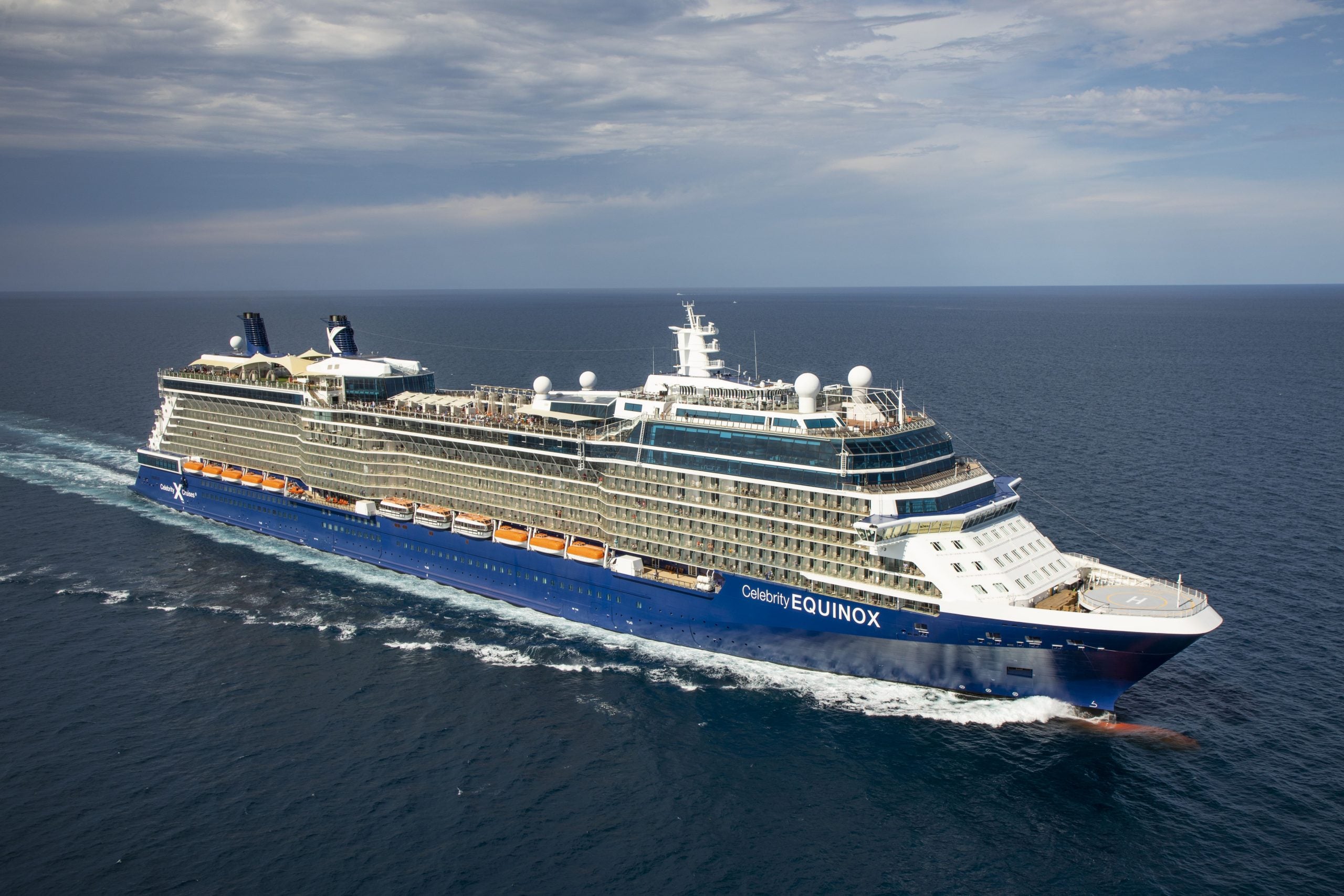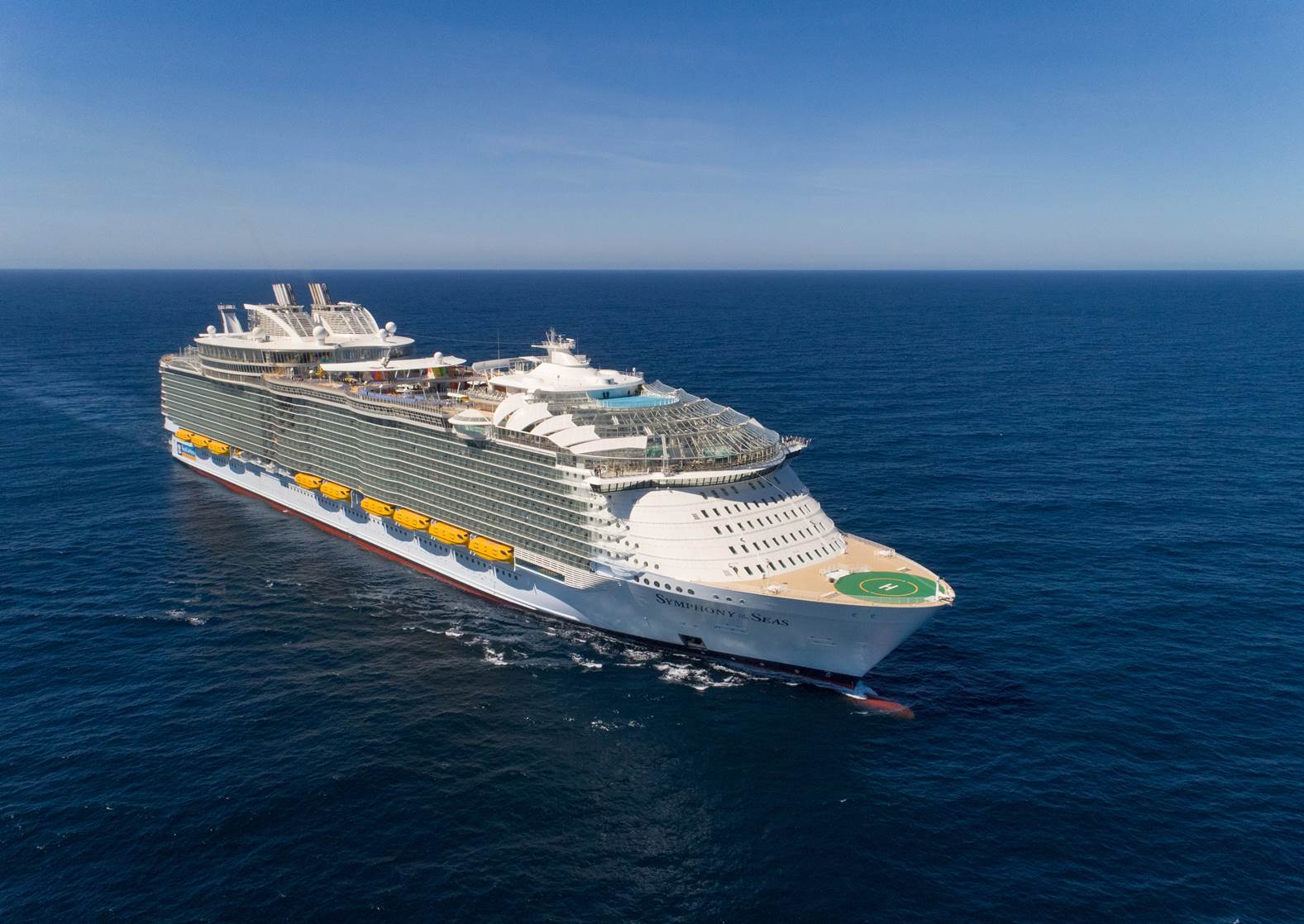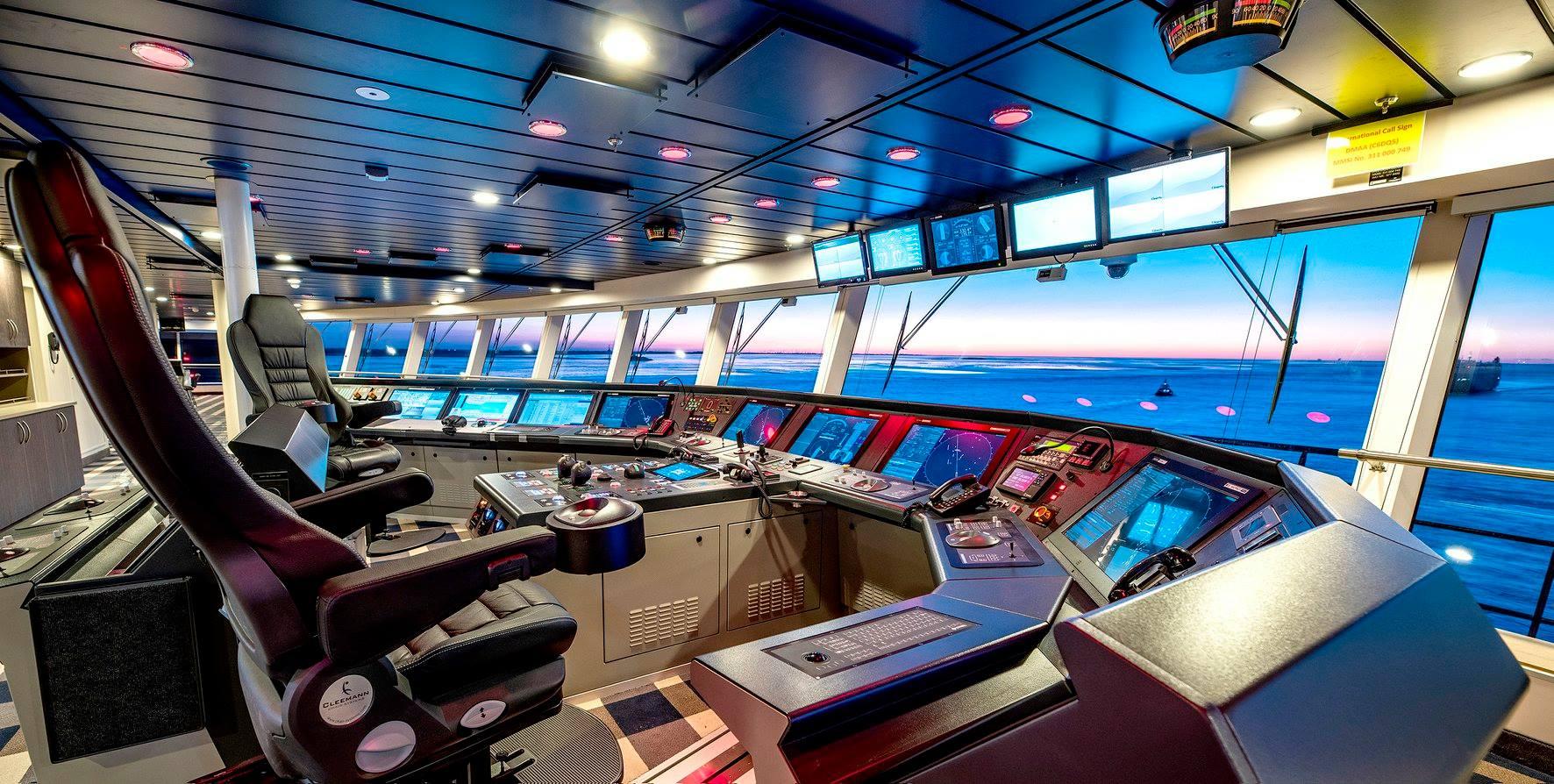Table Of Content

Cruise ships do still have buffet restaurants but they tend to close between 8 pm and 10 pm on most ships. For those who get hungry later, there’s usually somewhere to grab a bit to eat later on, whether that’s a cafe or a small section of the buffet with a few sandwiches and cakes. It’s a nice idea – being able to pop along for some midnight snacks and choose from a wide range of foods – but realistically most guests were either asleep or still full from dinner, and so the buffets would just create unnecessary waste. While this water is close to drinkable, it is unsafe to do so, as drinking water needs to be vigorously tested through a certified water treatment facility. Initially, passengers were relieved to be told the fire had been extinguished, and the crew was working in the engine room. The fire was quickly extinguished by automatic fire prevention systems in place.
Is The Filtered Water On A Cruise Ship Recycled From Toilet Water?
The cruise ship industry is steadily rebounding following several temporary shutdowns during the coronavirus pandemic, according to AAA. In fact, two of the world’s largest cruise operators, Carnival Cruise Line and Royal Caribbean Cruises, both reported record bookings in early April after the Centers for Disease Control and Prevention (CDC) lifted its COVID-19 notice against cruise travel on March 30. Believe it or not, many cruise lines add their own environmental standards for sewage disposal that go beyond what they are legally required to do. Throughout the process, the treated and untreated sewage is stored in airtight holding tanks, which helps with odor control. These holding tanks are also incredibly durable, and they are regularly checked for leaks and weak spots, as maintaining their structural integrity is essential for the health and safety of all onboard the ship. Ballast tanks are used to help support a cruise ship and lower its center of gravity as well as being used for wastewater, they can be used to keep a ship upright in rough seas and are one means to prevent a cruise ship tipping over too far to one side.

I Spent 7 Days on My First Adults-Only Virgin Voyages Cruise
However, the event caused a loss of power, and the ship lost propulsion, so the ship was not moving. Sometimes the gray water is added to the final treatment stage of the blackwater when it is chlorinated.
Other State Activities
That convention defines "contiguous zone" as extending from the baseline from which the territorial sea is measured to not beyond 12 miles. As with the 1988 presidential proclamation, this proclamation did not amend any statutory definitions (as a general matter, a presidential proclamation cannot amend a statute). Thus, for purposes of the Clean Water Act, the territorial sea remains 3 miles wide, and the contiguous zone extends from 3 to 12 miles. Under CERCLA, "navigable waters" means waters of the United States, including the territorial seas (42 U.S.C. §9601(15)), and that law incorporates the Clean Water Act's definitions of "territorial seas" and "contiguous zone" (42 U.S.C. §9601(30)). Have you ever looked at one of those giant cruise ships that accommodate thousands of people and wondered, how on earth does this ship carry water for all of these people? It’s important to note that there are cruise ships that have been caught discarding trash into the ocean – which is illegal and increases plastic pollution that can choke and kill marine wildlife.

What happens when you flush on a cruise - news.com.au
What happens when you flush on a cruise.
Posted: Sat, 11 May 2019 07:00:00 GMT [source]
As for fuel and oil, more oil is naturally released by the ocean floor than has ever been spilled or dumped by humans in total. BTW, the "garbage" that was dumped overboard was quickly consumed by sea life. Also, there is more fish and sea life decomposing in the oceans than garbage ever dumped. The Federal Water Pollution Control Act, or Clean Water Act (CWA), is the principal U.S. law concerned with limiting polluting activity in the nation's streams, lakes, estuaries, and coastal waters. The act's primary mechanism for controlling pollutant discharges is the National Pollutant Discharge Elimination System (NPDES) program, authorized in Section 402.
To the cruise ship industry, a key issue is demonstrating to the public that cruising is safe and healthy for passengers and the tourist communities that are visited by their ships. Cruise ships carrying several thousand passengers and crew have been compared to "floating cities," in part because the volume of wastes produced and requiring disposal is greater than that of many small cities on land. Environmental advocates have raised concerns about the adequacy of existing laws for managing these wastes, and suggest that enforcement of existing laws is weak. Pursuant to Title IV, EPA has carried out a multi-year project to evaluate the performance of various treatment systems and to determine whether revised and/or additional standards for sewage and graywater discharges from large cruise ships operating in Alaska are warranted. Also in 2004, EPA distributed a survey questionnaire on the effectiveness, costs, and impacts of sewage and graywater treatment devices for large cruise vessels in Alaska. EPA has collaborated with the state of Alaska on a cruise ship plume tracking survey (in 2001) and a study in Skagway Harbor to estimate the near-field dilution of treated sewage and graywater discharges from docked cruise ships (in 2008).
Carnival Cruise Ships Dumped Sewage and Waste Into Ocean, Report Finds - Business Insider
Carnival Cruise Ships Dumped Sewage and Waste Into Ocean, Report Finds.
Posted: Wed, 17 Apr 2019 07:00:00 GMT [source]
Wastewater not linked to human waste is often called grey water within the cruise industry. This water can come from washing dishes in the ship’s kitchens, the ship’s laundry facilities, and water used by the cleaning staff to mop floors, sinks, and clean other surfaces. Since this water can contain non-biodegradable debris, chemical cleaning agents, and detergents, it cannot simply be released overboard.
In Washington, more than 6,000 sq km (2,300 sq miles) of ocean habitat is protected in the Strait of Juan de Fuca and Puget Sound, near the Canadian border, and now classified as a no-discharge zone. Alaska requires cruise ships to apply for and receive permission to discharge sewage and greywater. On a one-week trip to Alaska and back along the Canadian coast, a cruise ship will generate nearly 200m litres of waste from scrubbers, according to the Stand.earth and WCEL report. While ships can decide whether to discharge at sea or within a port, most waste from scrubbers is dumped as it is generated. Cruise ships deal with “black water,” which is human waste from toilets, clinics, and critter pens.
What Do Cruise Ships Do with Sewage and Waste?
On a ship, oil often leaks from engine and machinery spaces or from engine maintenance activities and mixes with water in the bilge, the lowest part of the hull of the ship. Oil, gasoline, and byproducts from the biological breakdown of petroleum products can harm fish and wildlife and pose threats to human health if ingested. Oil in even minute concentrations can kill fish or have various sub-lethal chronic effects.
Cruise ships are prohibited from dumping untreated sewage or “poop” into the ocean. Cruise ships are equipped with advanced sewage treatment systems that process black wastewater before it is discharged. Globally, cruise ships have a patchy record of maintaining environmental regulations, including within Alaska, but the Pacific waters off the coast of British Columbia are particularly polluted.
In the ports, the shipping companies then pass on the bundled waste packages to local disposal companies. The Marine Pollution Code of the IMO, states that no vessel or offshore platform may dump ashes from incinerators, oil from the kitchen or plastics into the sea, no matter the distance from land. After the water is desalinated through either evaporation or reverse osmosis, it is further mineralized and disinfected before it can be used as drinking water. Several methods for water disinfection are used on cruise ships including chlorination, ozonation, silver-ion treatment, UV radiation, filtration and heating up.
That’s why environmental regulations are tighter than ever, and cruise lines have implemented strict treatment methods to limit any harm done by waste disposal. And to put the figure into perspective, the world’s oceans contain around 352 quintillion gallons. So if there are around 250 cruise ships producing 30,000 gallons of sewage every day, that’s 2.737 billion gallons each year. To reduce the environmental impact of food waste (and the cost) cruise ships take great strides to minimise the amount of waste they produce. The poll revealed that six out of ten cruise customers are willing to pay a premium to be reassured that raw sewage is never dumped from cruise liners into the ocean. More than 90 percent of this group of cruisers said that they would be willing to pay a premium of more than $25.00, if it meant that cruise lines had adopted sound environmental policies that would help keep the oceans clean.
There is no such thing as a truly eco-friendly cruise, and even ones that are concerned with the environment are making minimal efforts at best. Some large cruise shipping lines have violated regulations by illegally bypassing the onboard oily water separator and discharging untreated oily wastewater. These violations by means of a so-called "magic pipe" have been prosecuted and resulted in large fines. The EPA conducted a plume tracking survey to study the dilution of cruise ship discharges from wastewater systems in offshore waters. 2830, because the legislation would preempt states from enacting ballast water management programs more stringent than Coast Guard requirements, while the CWA does allow states to adopt requirements more stringent than in federal rules. Also, while the CWA permits citizen suits to enforce the law, the legislation included no citizen suit provisions.
Grey water is not as heavily polluted as black water, but still contains considerable amounts of pollutants, such as residues of personal care products, detergents or pharmaceutical products. On most ships it is therefore collected and treated together with the black water. According to current regulations, grey water may be dumped into the ocean 4 nautical miles from land. Cruise ship pollution includes large volumes of toxic sewage from toilets, greywater from sinks, showers and laundries, and bilge water – the oily liquid that collects at the lowest part of a ship. By far the largest source of pollution identified in the WWF report was from so-called scrubbers – devices installed to remove exhaust gases such as sulphur oxide and nitrogen oxide, as well as particulates, from the heavy bunker oil used as marine fuel.

No comments:
Post a Comment